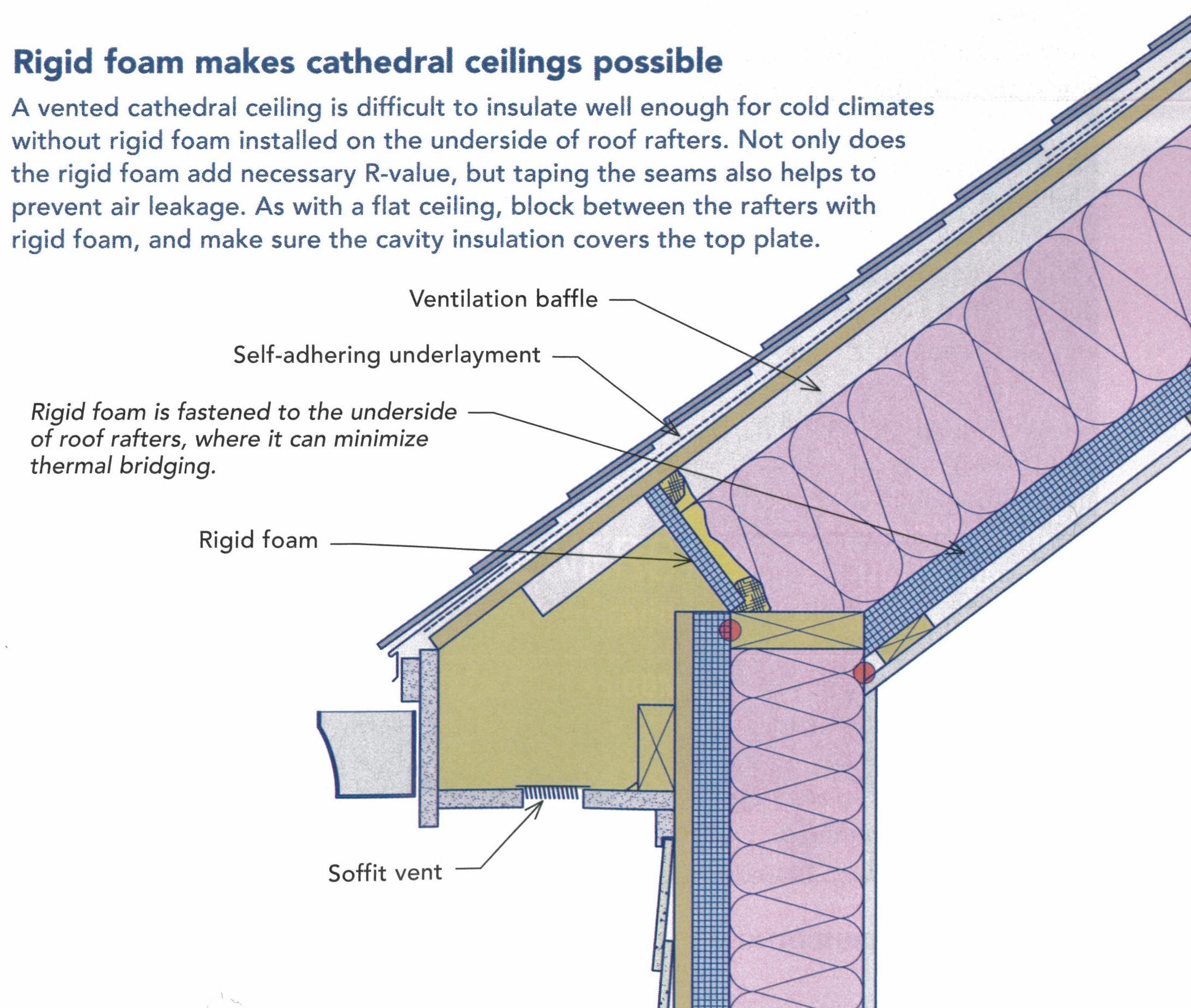Arguably the most popular pitched roof solution installing insulation between and under the rafters uses the depth of the structural timbers to best effect.
Insulate between roof rafters.
This limits the maximum thickness of the insulation between the rafters to between 50mm and 175mm.
Make sure it is flush against the wood as even a 1 inch gap can cause a 20 percent heating loss.
When it comes to pitched roofs however adding a thick layer of insulation to the rafters can result in a depth of roof construction that may not suit every site meaning over rafter insulation sarking only is not a viable option.
Common rafter depths range from 100mm to 200mm.
If your attic is going to be converted into livable space then you will need to insulate the roof rafters.
For rolled insulation place it between roof rafters.
Ceiling insulation refers to any type of insulation installed within the floor nearest to the roof structure of the home.
An efficient room in a roof in a new build property where over rafter insulation is not desirable.
Its versatility is the key to its popularity whether being used to achieve.
This generally would not be a sufficient thickness to achieve the u values required to meet building regulations and more insulation would need to be added.
Then feed the rolled insulation under wires and pipe if either is present.
Roof insulation refers to the practice of installing insulation on the roof slope both above and below the rafters.





























